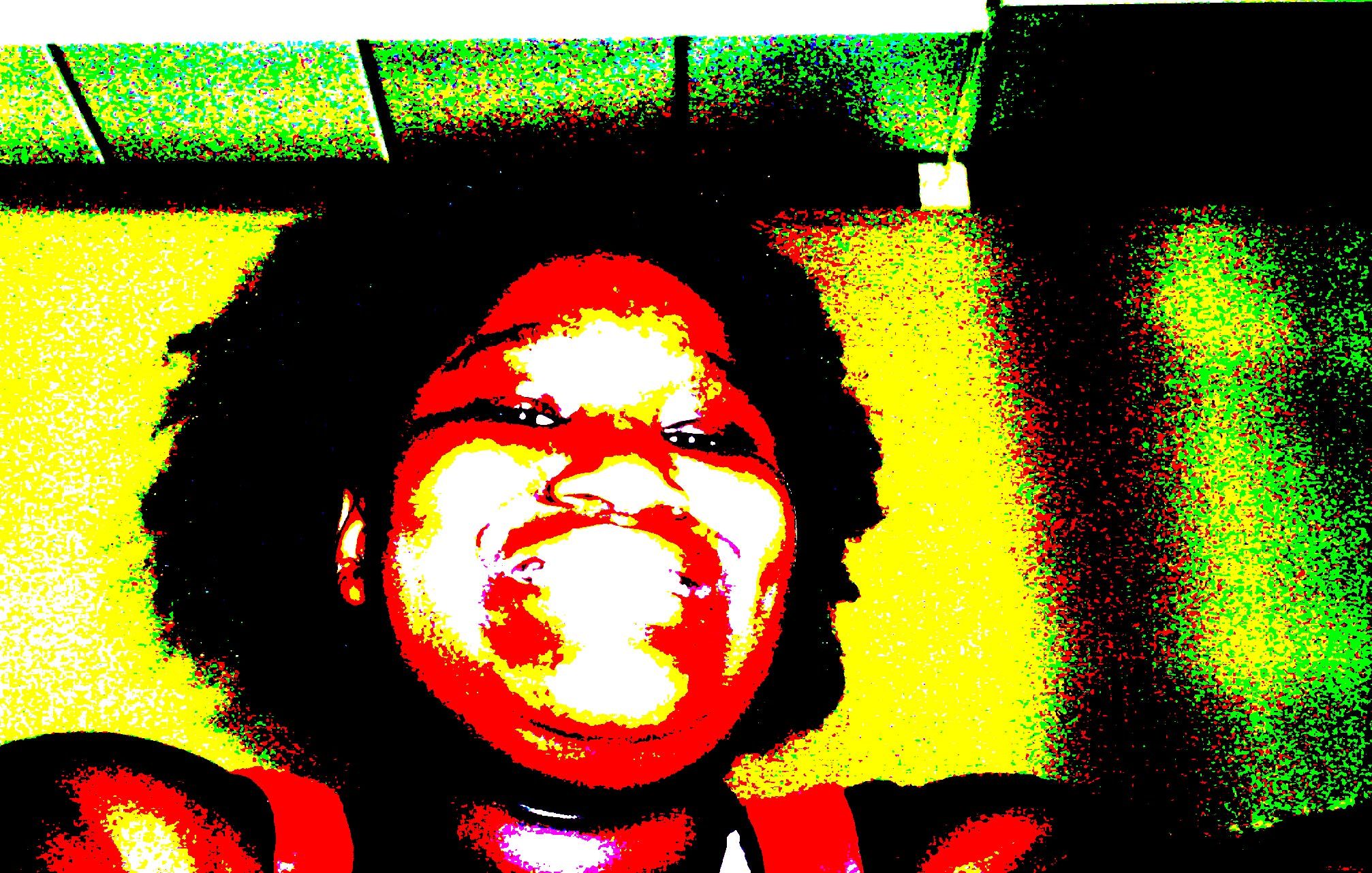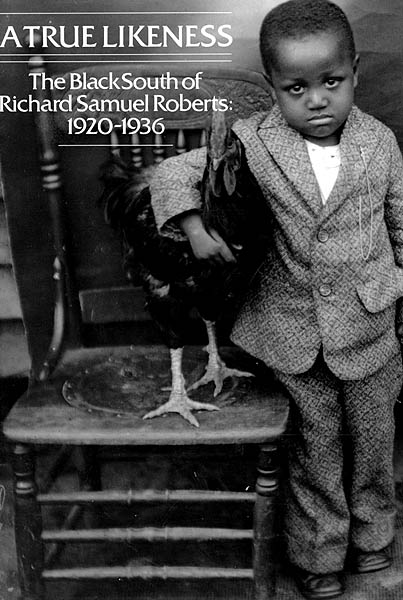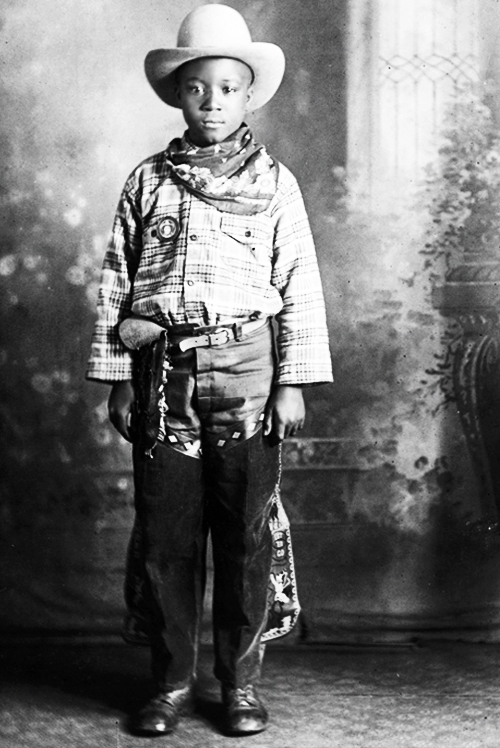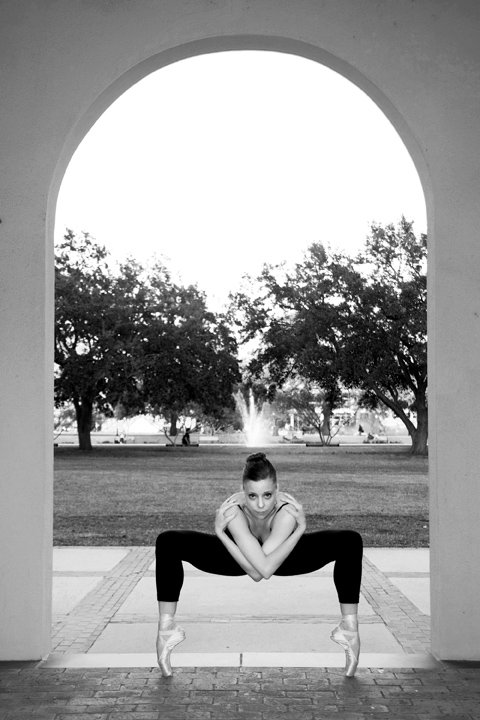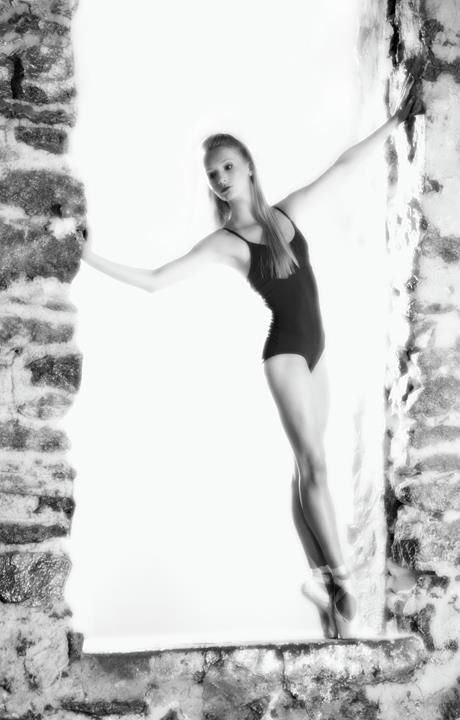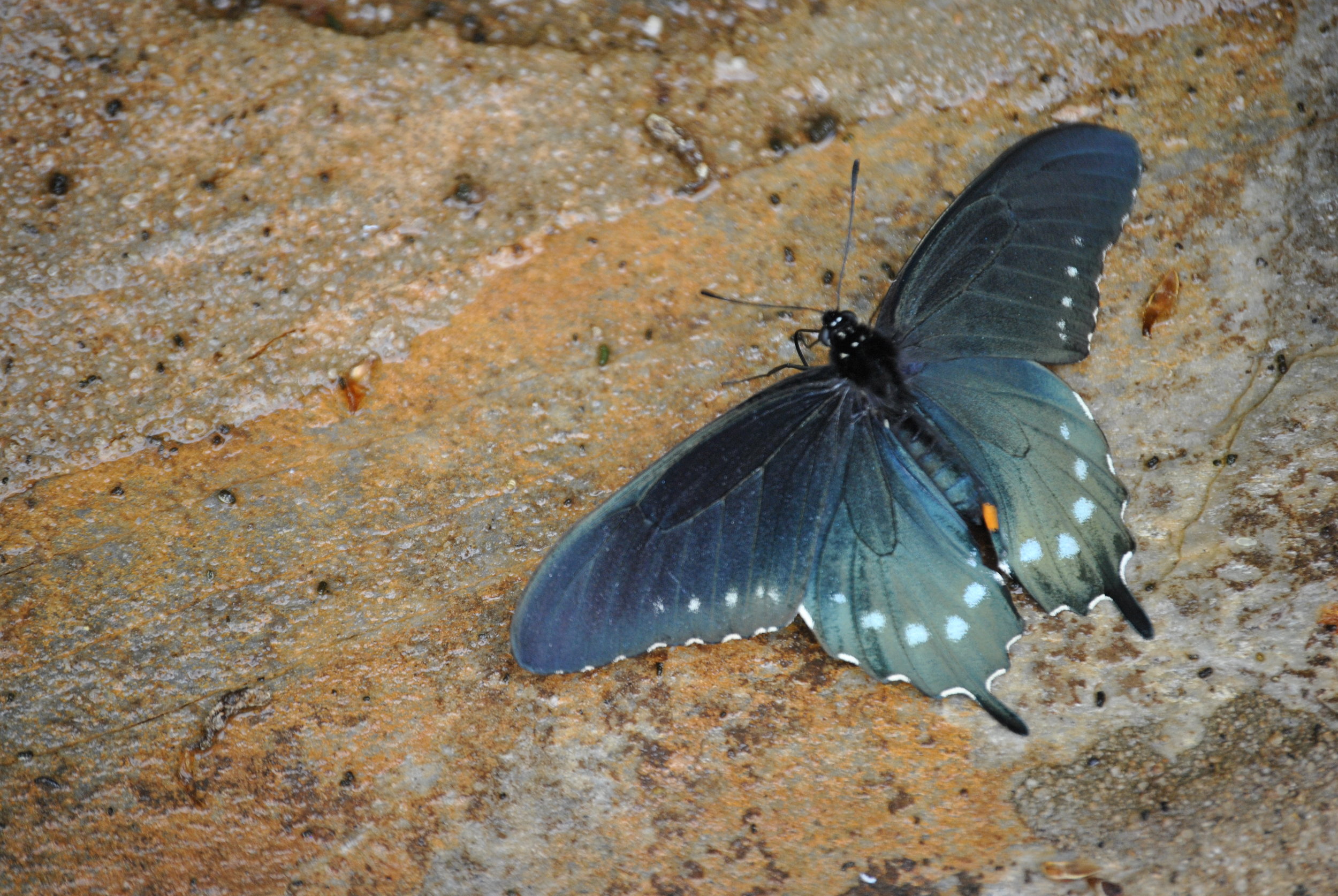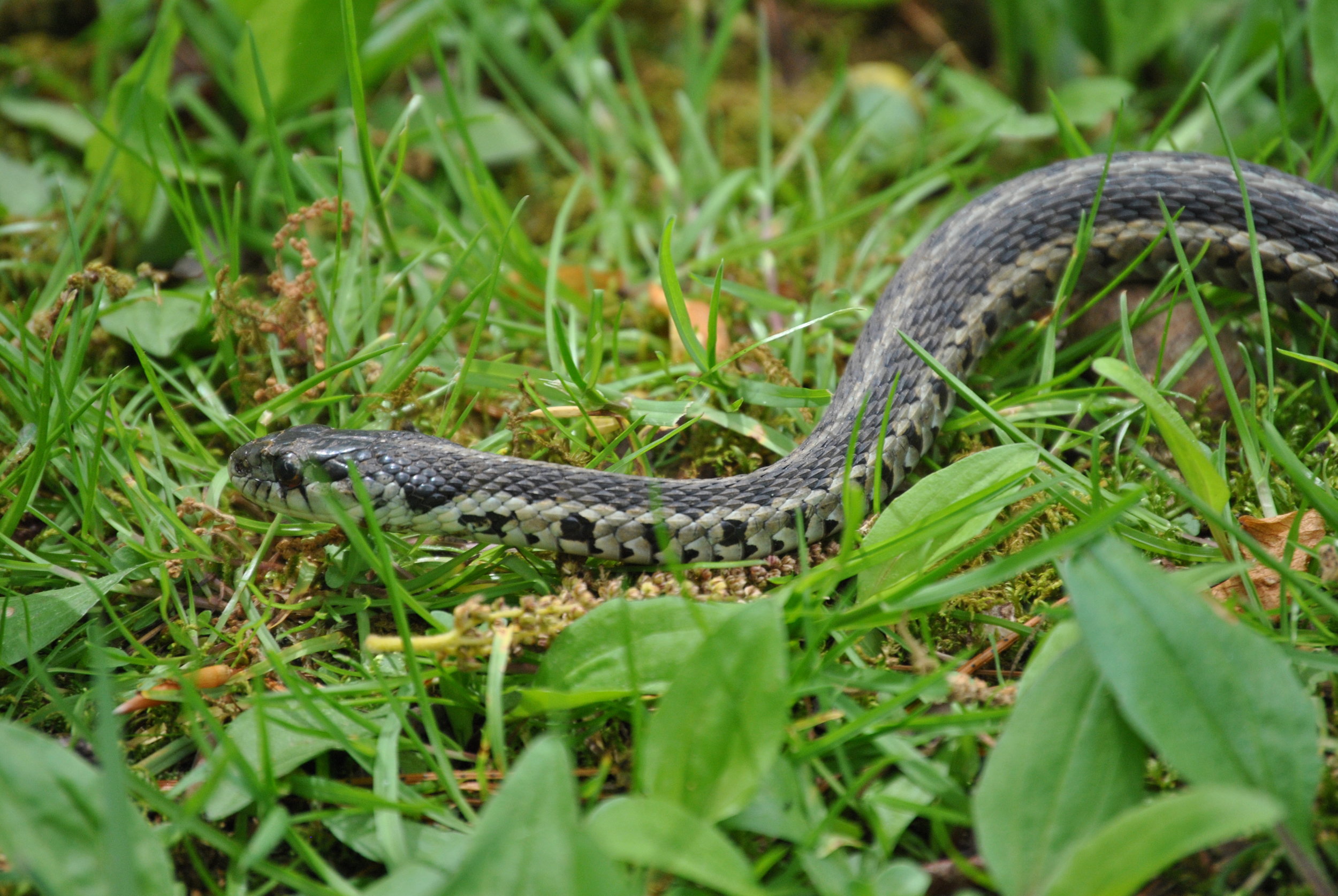Phoenix by Kathryn Van Aernum
One of Jasper’s most rewarding missions is supporting independent artists as they move through the various growths and stages of their careers. We have recently been afforded another opportunity to do so by guest curating one show a year at Anastasia & Friends gallery on Main Street.
Our first show opens this Thursday and features the photography of Kathryn Van Aernum.
We had a chance to visit with Kathryn recently and learned more about her history, process, and aesthetic. A graphic artist and photographer, Kathryn also serves as a creativity coach. Her joy, she says, is helping artists “find ways into their work.”
A graduate of Narope University in Boulder, a learning institution founded in the 1970s by Buddhist education Chogyam Trungpa that fosters not only personal and professional growth, but also intellectual development and contemplative practice, Kathryn carries much of what she learned there into her personal and professional lives today.
“I always take the scenic route,” Kathryn says, explaining that she originally went to school for theatre. Born in Ann Arbor, she grew up in the Detroit metropolitan area and spent 15 years living in Key West where she spent some time operating a B and B, then moved on to doing ad work for much of the gay hotel industry in the area. Throughout the time, however, Kathryn was also at work on her art giving solo and group shows and photography exhibitions. Kathryn has exhibited at Artfields twice and copies of one of her photos of the Congaree Fireflies will soon be offered at the Columbia Fireflies Baseball team gift shop thisyear.
Common Ground, the show Jasper is producing for Kathryn at Anastasia & Friends Art Gallery, opening August 2nd, is a photographic contemplation on the common pathways individuals and communities take. “Living in the city, I began to see patterns in the pavement itself and asking myself – how can I render this in a way that will make people take notice?”
Kathryn notes the double entendre of the show’s title as it focuses both on human mobility and common pavement and how we share it. “You can’t really separate humans from nature,” she says. “We erroneously feel like we aren’t really nature, but we can’t escape the natural elements that occur and connect us.”
The show will also feature a few images from a recent trip to Greece the artist enjoyed with her sister, Gail Van Aernum Barnes, who is director of the Strings Project at USC.
About the show:
Common Ground: Artist Statement
Common: belonging to or shared by two or more individuals or things or by all members of a group.
Common: widespread, general, ordinary
The photographs in Common Ground focus on man-made surfaces, such as pavement, asphalt, cobblestones, concrete etc., with attention paid specifically to the abstract “paintings” created on these ordinary surfaces by the interaction of time, weather and humans. All the artificial terrains portrayed have one thing in common: to facilitate human flow and interaction, with some reaching back as early as the 2nd millennium BC.
More about the artist:
Kathryn Van Aernum’s subjects range from the mundane to the sublime, and she continues to cultivate a sense of spaciousness in her photography. The elements of design: harmony, balance and rhythm present themselves to Kathryn almost subconsciously, allowing her to capture a moment that transports the viewer into their own minds, memories and dreams.
Ms. Van Aernum holds a Bachelor of Arts degree with distinction in Visual Arts from Naropa University, the premier educational institution combining contemplative practice with academic rigor.
While photography is her main medium, she is also an accomplished watercolorist, mixed media and book artist. As a creativity coach she works with professionals who have buried their creative soul in the daily grind, helping them reclaim creative confidence so they can thrive at work and beyond.
Her work has appeared in juried competitions, group and solo exhibits, in Key West, FL; Boulder, CO; Fort Collins, CO; Ann Arbor, MI; and Columbia, Spartanburg and Lake City, SC. and is in many private collections throughout the US.
You can find her on the web at
Kvanastudios.com
Kathrynvanaernum.com
@kvanastudios on instagram, twitter and facebook
The Artist - Kathryn Van Aernum






